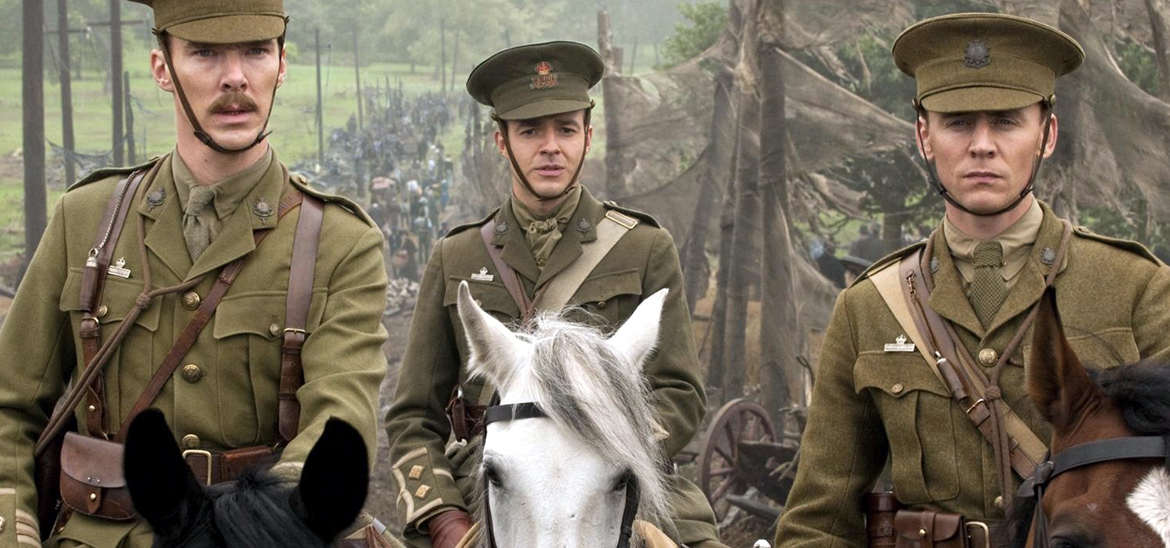Into Film Clubs
Find out everything you need to know about starting an Into Film Club.



In the twentieth century alone over 160 million people were killed in wars and conflicts - including two million children in the past ten years alone, with millions more being orphaned, seriously injured or left with psychological trauma. Despite these shocking statistics - and the fact that our media are rife with stories of conflicts from around the world - most children's lives in the UK are far removed from such wars.
Remembrance Day - held annually on the second Sunday of November, in memory of all those who have died in conflict - is a time to tell our students (and remind ourselves) about the bravery of those who gave and give their lives for the peace and liberty we enjoy today. First held to commemorate the end of World War I on 11 November, Remembrance Day also provides an opportunity to teach young people more about war in general, and demonstrate how it can affect people.
For Daryn Simon, Former Head of History and film club leader at Ysgol Bryn Alyn in Wrexham, he has found that film is a great way to explore these issues: "For WWI I have used film as part of an investigation into the conditions in the trenches. Pupils watched scenes from All Quiet on the Western Front and War Horse and compared how the conditions were portrayed. This was part of a larger investigation in which pupils used additional evidence to investigate the conditions.
I have also used Joyeux Noel as part of a cross-curriculum (French/History) enquiry into the Christmas Truce. It involved pupils learning about the truce and then writing letters home as if they had experienced the event."
Films can be a powerful way of highlighting war's impact, not just in terms of human suffering but also on the environment, food and water supplies, inhabitants, and economy of nations involved in wars, even after the conflicts have ended. Of course, film can never truly recreate the unimaginable horror of what it must have been like for those involved, but they do help us to gain some understanding and perspective.
Personal stories move more than statistics, and this account of two young lives tells us more about the First World War than any numbers game.
Film club leader on the film 'Gallipoli'
From Valiant (which addresses what it means to fight in a war using animated pigeons); to epics like Bridge On the River Kwai, Lawrence of Arabia and American Civil War drama Glory; to adaptations such as Carrie's War, War Horse, Private Peaceful, and Testament of Youth, to Oscar winning dramas like Life is Beautiful and Schindler's List - not to mention titles like 5 Broken Cameras, Lebanon and The Hurt Locker which deal with more recent conflicts - there are a wealth of possibilities for using films relating to war to spark discussion, support the curriculum and promote memorable learning.
'Carrie's War' is read by year six children as part of their World War II history project. Through our film club the pupils were also able to watch the film prior to them acting out an evacuation scene then discussing the feelings of the adults and children involved. We also used 'Goodnight Mr. Tom' book and film in our studies of World War II.
Janice Middleton, former head teacher at Edlington Victoria School in Doncaster.
A series of articles that highlight how the medium of film can be used to teach a wide variety of subjects and themes.
View other Articles in this columnViewing 4 of 4 related items.

Find out more about our streaming service, designed specifically for UK schools.